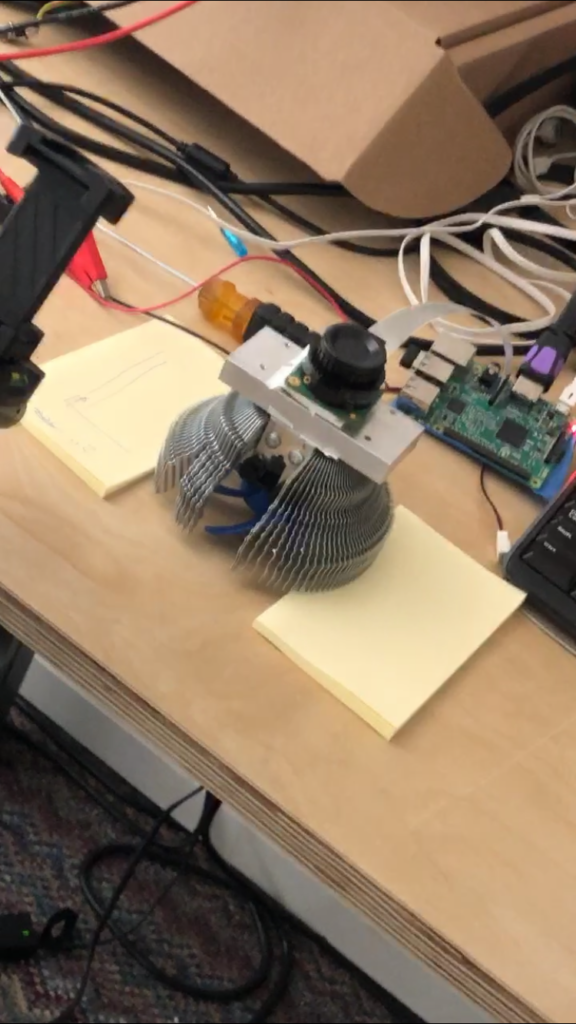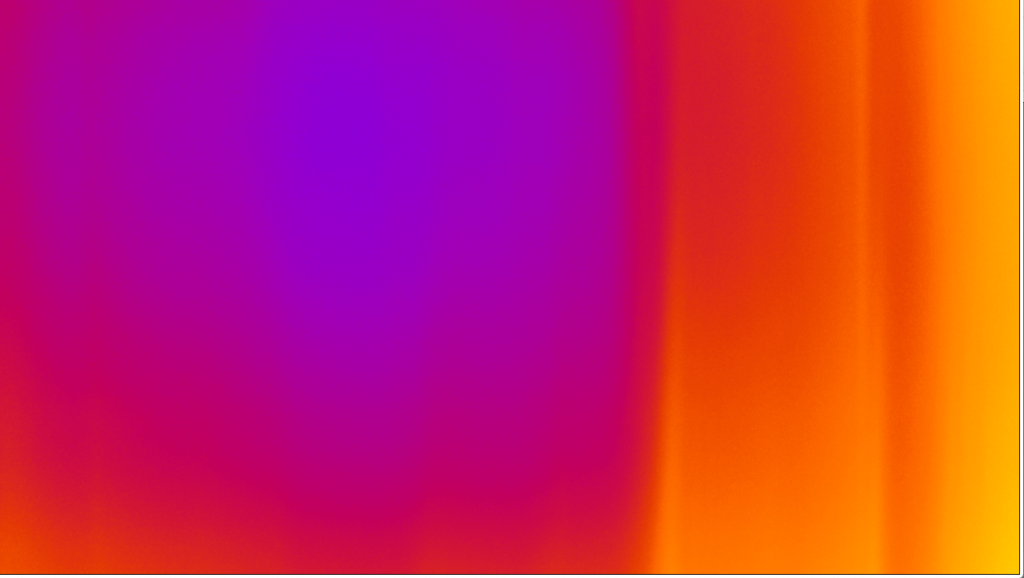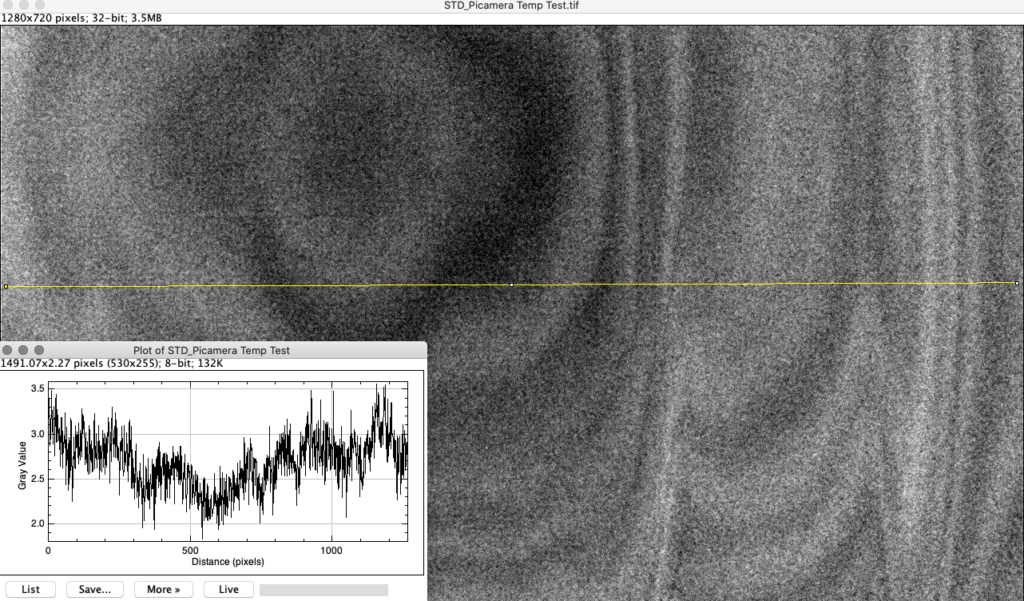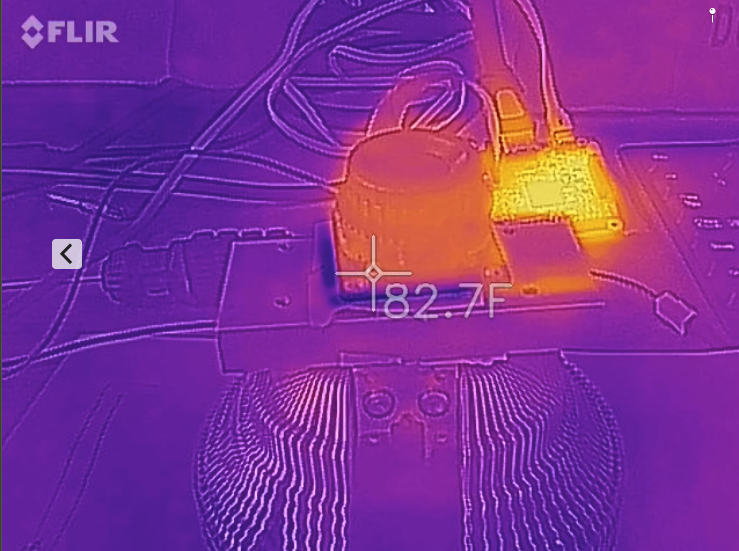Thanks to some generous industry friends, I finally managed to get my hands on a seemingly unobtanium RPI “High Quality” camera. I’ll have more info on the camera itself regarding performance, but my first question was – “can it be effectively cooled? ” Fortunately, having run similar experiments on a Point Grey / FLIR camera, I had most of the components and a basic test method ready to go to figure out the answer.
To start, we simply piled up thermal tape on the backside of the camera. This provided a poor but useable thermal coupling to the back of the camera PCB. Ideally, we would wrap the entire camera system in aluminum, but for now, this works. Next, we used a off the shelf TEC, and a CPU radiator, for the heat exchange.

To test performance, we obtained 40 images with an exposure time of 5 seconds. We only ran the TEC at 1V / 125mA. While running the experiment we recorded an IR video to document the reaction. What is quite evident at about the halfway mark, when the cooler is enabled, is that the TEC Cold side goes “dark”, and shortly thereafter the aluminum C mount housing of the camera as well as the exposed PCB begins to cool down. Images obtained showed corresponding drops in background intensity of ~ 10% for this test. Not amazing, but the drop in mean image intensity directly matches the enable and disable of the cooler. Further tests will include a tightly wrapped enclosure to better thermally sink the complete camera sensor cell and PCB.

Of additional interest is the noise in the image from the readout taps. Of the images obtained, a clear pattern can be seen, again with the lens cover on and exposures of 5 seconds. A bloom can be seen on one side. I’m curious how this may change with a better cooling system. Below is a pseudo-colored maximum intensity projection of the 40 frames obtained during the experiment.

A basic example of read noise on the taps can be seen by looking at the standard deviation over the frames. This isn’t perfect but it does show a general amount of error in readout. Performance here was not bad at 3 counts maximum change over the sensor field.

As with all such tests – further study is needed :-). We plan on taking this camera through it’s paces in a lot more detail – so – more to come soon!
-Austin
